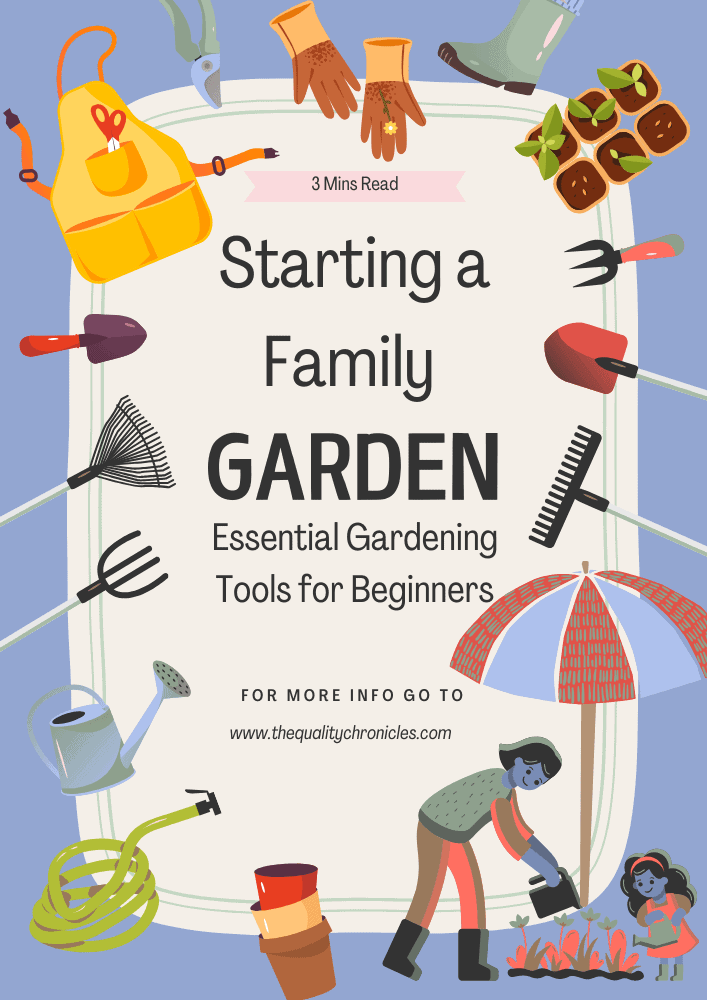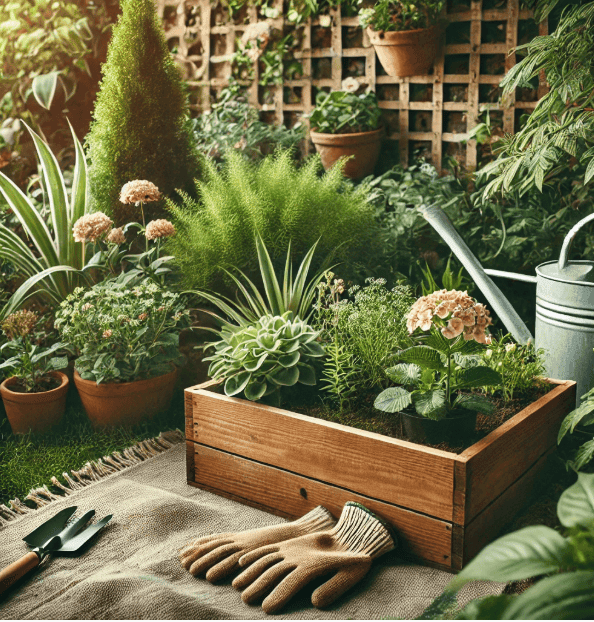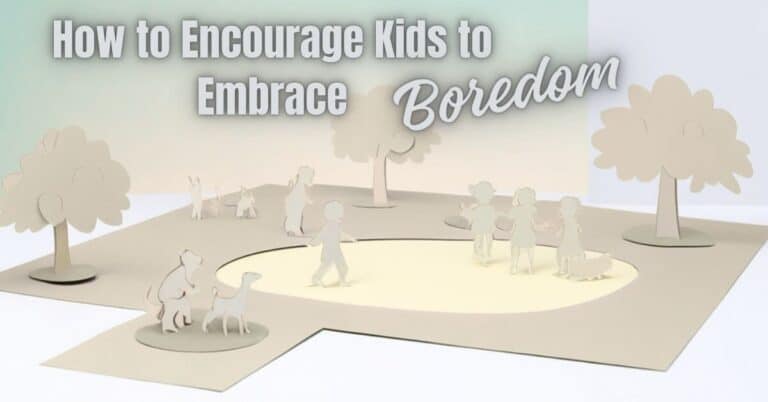Introduction:
In fact, gardening can be a powerful tool for strengthening family relationships. As you dig in the soil together, you create a shared experience that transcends the physical act of planting. This collaborative effort fosters communication, understanding, and a sense of accomplishment in children, enhancing their self-esteem as they watch their efforts bloom into something beautiful.

In addition to quality family time, gardening offers a plethora of educational opportunities. Children can observe firsthand the plant life cycle—from seed germination to flowering and fruiting. This not only reinforces lessons learned in school but also instills a sense of responsibility in caring for living things. Furthermore, they learn about the importance of biodiversity and the role of insects in pollination, which can lead to discussions about environmental stewardship.
Why Start a Family Garden?
- Quality Family Time: Gardening encourages teamwork and bonding.
- Educational: Kids learn about plant life cycles, responsibility, and patience.
- Health Benefits: Fresh air, exercise, and nutritious homegrown produce.
- Stress Relief: Gardening is a mindful activity that calms the mind.
Choosing the Right Garden Space:
Gardening can also be a form of exercise for the whole family. Activities like digging, planting, weeding, and harvesting engage multiple muscle groups and promote physical health. Encouraging children to participate in these tasks helps them develop healthy habits from a young age, setting the stage for an active lifestyle as they grow up.
- Backyard: Ideal for traditional vegetable and flower gardens.
- Balcony or Patio: Perfect for container gardening.
- Indoor: Use windowsills for herbs and microgreens.
Stress relief is another significant advantage of gardening. The repetitive nature of tasks such as watering and weeding can be meditative, allowing families to unwind together. Studies have shown that spending time in nature lowers cortisol levels and reduces anxiety, making gardening a perfect antidote to the stressors of modern life.
Essential Gardening Tools for Beginners:
When choosing your garden space, consider the unique attributes of each option. For instance, a backyard can accommodate a larger vegetable patch or flower garden, allowing for a diverse range of plants that can be rotated seasonally. Container gardening on a balcony or patio can also be incredibly rewarding; it allows for creativity in plant arrangement and can transform small spaces into vibrant oases.
- Kid-safe gloves, small shovels, and watering cans.
- Garden fork, pruners, and a hand trowel for adults.
Easy-to-Grow Plants for Family Gardens:
Indoor gardening is particularly appealing for those with limited outdoor space. Herbs like basil, mint, and chives can thrive on a sunny windowsill, allowing families to enjoy fresh flavors year-round. Microgreens are another excellent choice; they grow quickly and are packed with nutrients, making them a fantastic addition to salads and sandwiches.
Start with low-maintenance, fast-growing plants that kids will enjoy:
In terms of tools, consider investing in a quality set that will make gardening easier and more enjoyable. Kid-friendly tools, such as small shovels and gloves, should be easily accessible to encourage children to participate. For adults, a sharp pair of pruners and a sturdy hand trowel can make a world of difference in maintaining the garden effectively.
- Vegetables: Cherry tomatoes, radishes, lettuce.
- Herbs: Basil, mint, and chives.
- Flowers: Sunflowers, marigolds, and zinnias.
Planning Your First Garden:
When selecting plants, engage your kids by letting them choose what they want to grow. This not only makes gardening more exciting for them but also teaches them about making choices based on their preferences. Discussing the benefits of each type of plant—such as the sweetness of cherry tomatoes or the fragrance of herbs—can spark their interest and enthusiasm.
- Choose Your Location: Sunny spots with at least 6 hours of sunlight.
- Prepare the Soil: Use quality soil and compost.
- Plant Selection: Pick plants based on your region and season.
- Create a Schedule: Watering, fertilizing, and checking for pests.
Gardening with Kids: Making It Fun:
- Give Them Ownership: Assign a small plot or container to each child.
- Interactive Tasks: Let kids plant seeds, water plants, and harvest.
- Creative Touch: Paint plant markers or pots.
Maintaining Your Family Garden:
- Water early in the morning or late in the evening.
- Mulch to retain moisture and prevent weeds.
- Inspect plants regularly for pests and diseases.
Common Beginner Mistakes to Avoid:
- Overwatering: Plants need moisture, not soggy soil.
- Wrong Plant Placement: Know each plant’s sun and shade preferences.
- Ignoring Soil Health: Healthy soil equals healthy plants.
FAQs for Busy Parents:
- How much time does a family garden require?
- Just 15-30 minutes a day can keep your family garden thriving.
- Can we start a garden without a backyard?
- Absolutely! Container and indoor gardening work beautifully.
- What if I have no gardening experience?
- Start small with herbs and easy vegetables—they’re perfect for beginners.
- How do I keep kids interested in gardening?
- Make it fun with projects, colorful plants, and quick-growing seeds.
- What are the best plants for busy families?
- Succulents, herbs like basil and mint, and resilient veggies like lettuce.
Conclusion and Call-to-Action:
Starting a family garden is one of the most rewarding hobbies you can share with your loved ones. It’s not just about growing plants—it’s about nurturing connections and creating lasting memories. Ready to start your family garden? Share your progress with us in the comments or on social media!
👉 Looking for fun activities to do with your kids while gardening? Check out our post on Fun Gardening Projects for Kids and Parents.

As you plan your first garden, consider creating a visual layout on paper. This can be a fun family activity where everyone contributes ideas about where to plant each type of flower or vegetable. It not only serves as a guide during planting but also involves everyone in the decision-making process, enhancing their investment in the project.
Regular maintenance is crucial for a thriving garden. Schedule family “garden days” each week, where everyone comes together to check on the plants. This could involve watering, weeding, or simply enjoying the garden’s progress. It creates a routine and builds anticipation for the results of your hard work.
Consider setting up a rewards system for the kids based on their contributions to the garden. Whether it’s a sticker chart or a small treat for completing tasks, this positive reinforcement can motivate them to stay engaged and responsible for their assigned areas.
As you embark on this gardening journey, remember that mistakes are part of the learning process. Emphasize the importance of resilience and adaptability, encouraging your kids to view challenges as opportunities to learn and grow. This mindset will serve them well in gardening and in life.
Concluding your gardening adventure should involve a celebration of your accomplishments. Organize a family picnic in your garden, showcasing your homegrown produce. This not only rewards your hard work but also reinforces the joy of reaping the benefits of your labor, creating lasting memories tied to the garden.



